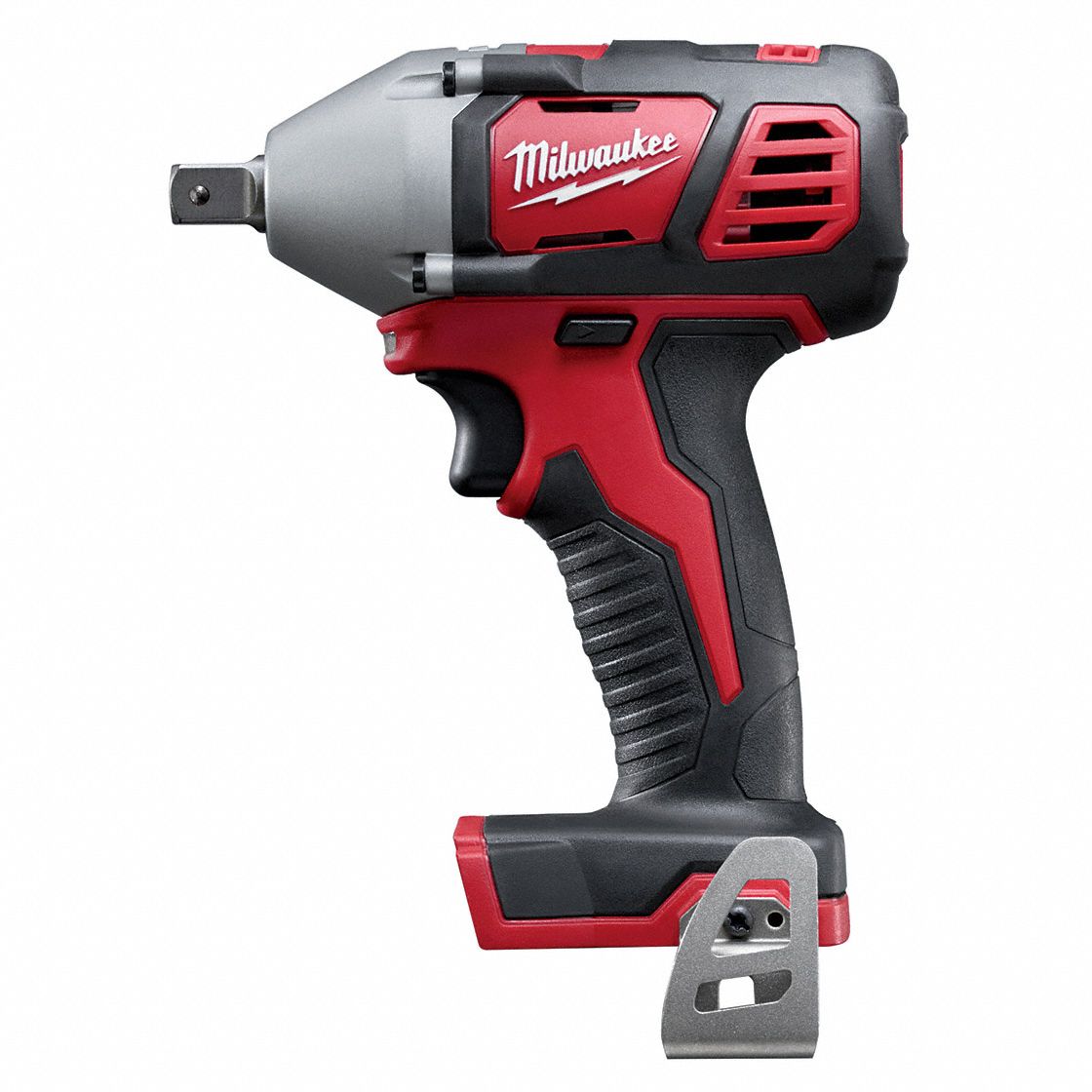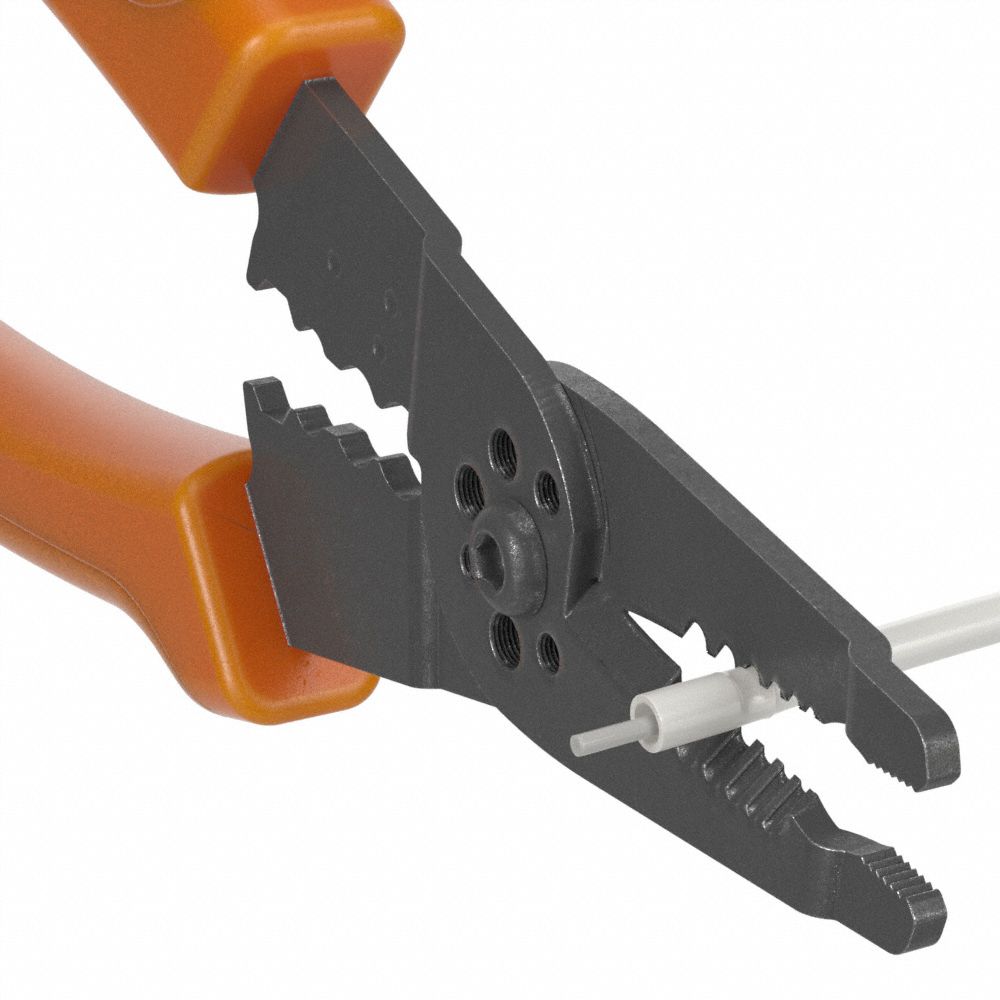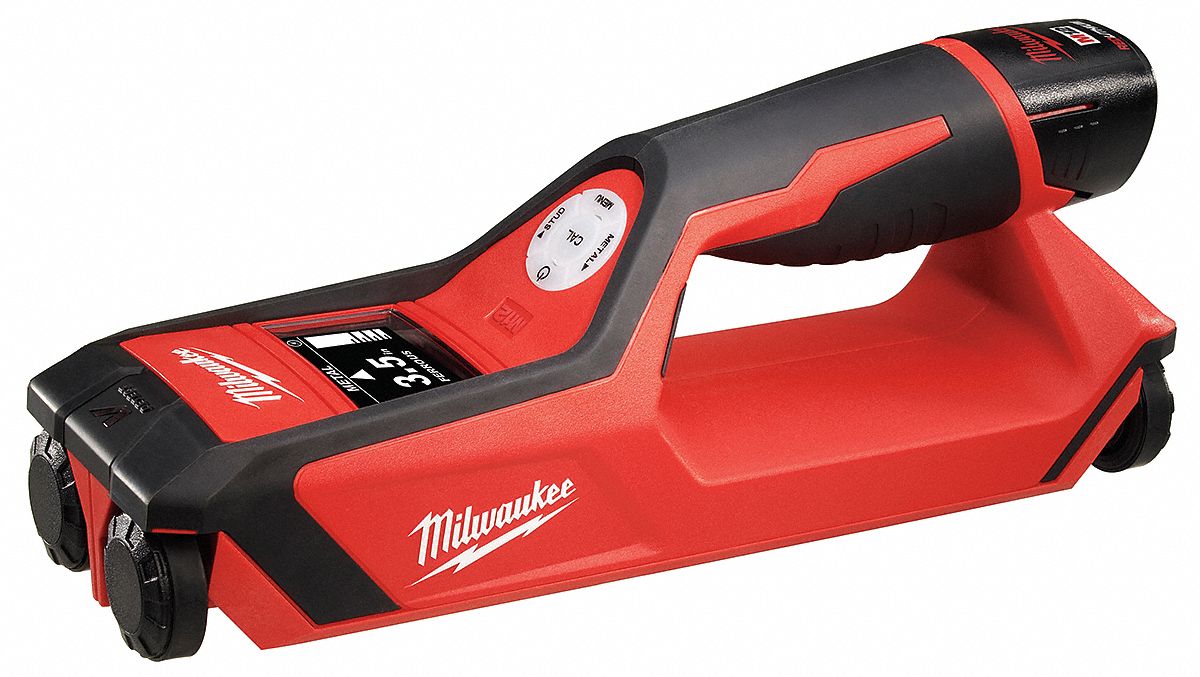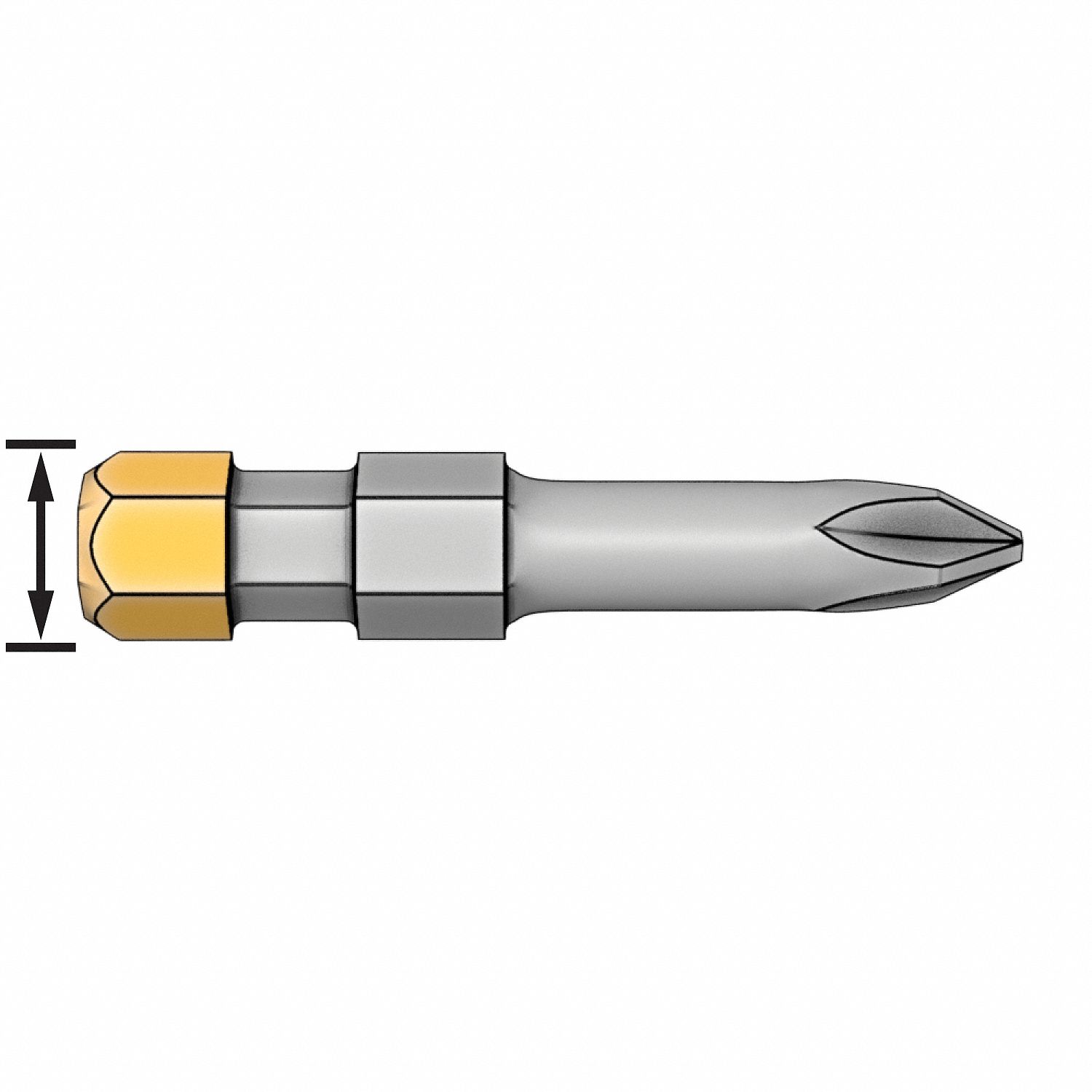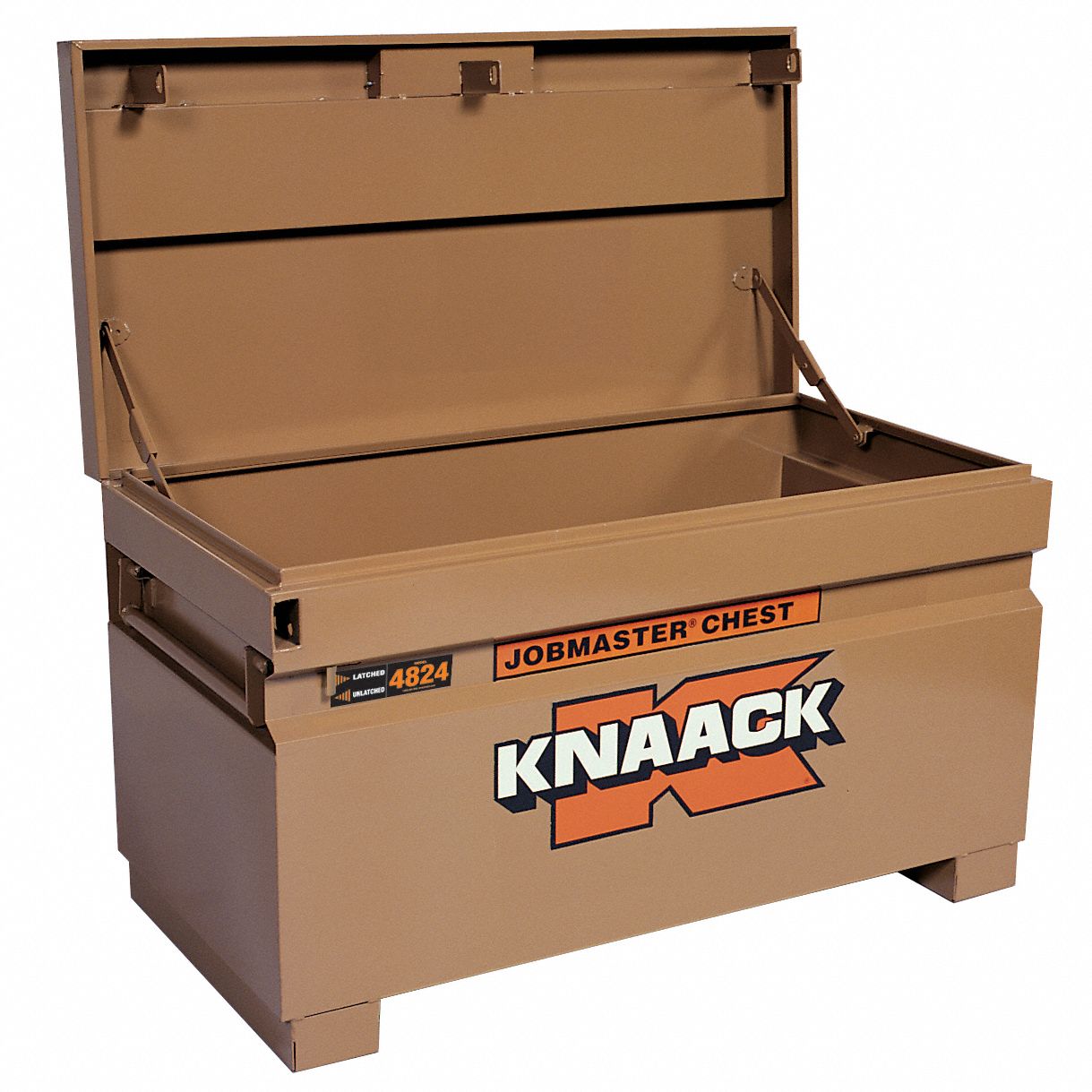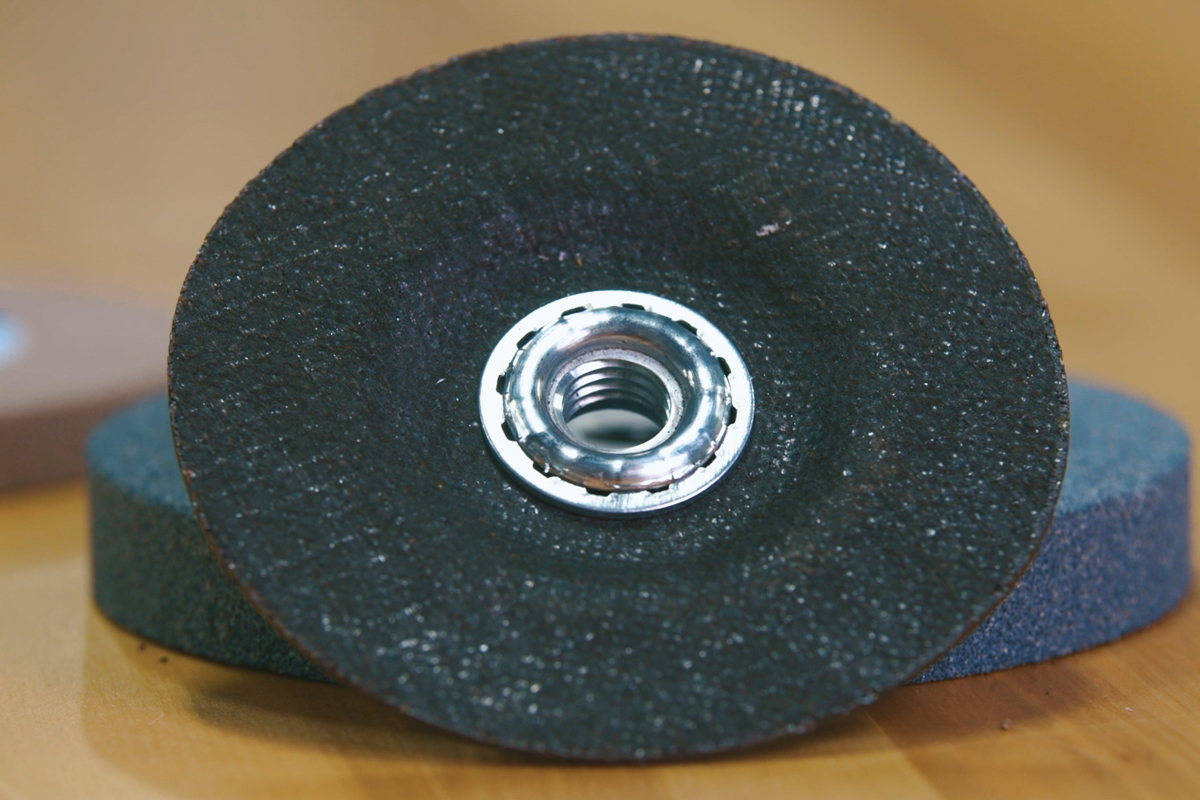

Ask the Experts: Choose the Right Type of Grinding Wheel for the Job
By Grainger Editorial Staff 4/28/20
Choosing the right type of grinding wheel will help you cut through your next big job. According to Grainger Metalworking Specialist, Mark Fine, selecting the right wheel will depend on the type of performance you’re looking for. The cutting wheel needs to be made of an abrasive suited to slicing through the stock you’re working with and it needs to be bound with a material that can hold up to the stresses of the job. The grit rating also has to offer the right combination of cutting speed and smoothness.
Selecting an Appropriate Abrasive: Abrasive materials do the cutting, and each type of abrasive offers a different balance of cost, durability, and performance. Let’s start by looking at the four most common abrasive materials:
Aluminum Oxide: Versatile, inexpensive and durable, aluminum oxide is a good go-to abrasive for everyday jobs. Aluminum oxide will cut through steel, as well as softer metals like brass, annealed iron, and steel alloys. The material’s primary drawback is its relatively slow cutting speed—according to abrasive manufacturer Norton, at a microscopic level, aluminum oxide grit tends to wear into dull, rounded fragments, which have a limited bite.
Zirconia Alumina: A mix of aluminum oxide and zirconium oxide, this abrasive is durable and fast. Zirconia is a naturally occuring mineral with extremely high fracture toughness, which produces a high metal removal rate when cutting through hardened materials like tempered steel. Zirconia also offers superior heat dissipation, which can be important when cutting through thick steel plate.
Silicon Carbide: This super sharp abrasive makes quick work of soft materials. Silicon carbide naturally has a very sharp edged grain. The cutting material microscopically fractures as it wears, creating new razor-edged cutting faces throughout the wheel’s life. Unfortunately, silicon is not as durable as other abrasives—it’s best suited for soft metals like aluminum, iron, brass, and soft bronze.
Ceramic Aluminum Oxide: Ceramic wheels are extremely durable and versatile. This abrasive is made by heating aluminum oxide in a kiln, a process known as sintering. According to ceramics manufacturer Syalons, the sintering process fuses the aluminum oxide into a crystalline structure, which increases the alumina’s hardness and durability. Abrasive ceramics are designed to microfracture in a controlled manner. The glass-like ceramic aluminum oxide grains continuously shatter as they cuts, keeping the cutting edge sharp.
Ceramic cutting wheels also have excellent refractory properties, which according ceramics manufacturer Accuratus, makes them resistant to deformation under heat and stress. And they aren’t as affected by the buildup of material that can slow down aluminum cutting. Due to higher production costs, ceramic wheels were once reserved for detail work. But improvements in manufacturing have made this abrasive an increasingly popular choice for all purpose grinding and cut-off wheels.
Diamond: The hardest mineral in the world, diamond abrasives offer an unmatched combination of durability and cutting speed. Superabrasive diamond cutting wheels use synthetic diamond crystals that are manufactured specifically for use in cutting applications. The shape and size of the diamond crystals in the wheel are tightly controlled for consistency.
Masonry: Cutting through stone and concrete presents a unique challenge. Masonry can be hard but brittle, so masonry grinding wheels are specially designed to make smooth cuts that won’t shatter the edge of the stonework and create a ragged burred edge. Diamonds are the most commonly used abrasive in masonry wheels.
The Concrete Network recommends choosing a masonry wheel suited to the hardness of the concrete you’re cutting. Concrete made with quartz or basalt aggregate will have much higher compressive strength than concrete made with pea gravel. Cutting through harder concrete requires a wheel with a softer bond, which will constantly expose new abrasives.
The Grit Tradeoff: Once you’ve decided on an abrasive, you’ll need to pick a grinding wheel with the right grit. Grit refers to the size of the abrasive particles embedded in the wheel—a coarse 10 grit wheel uses abrasive particles that were sifted through a screen with ten holes per linear inch, whereas a 120 grit wheel uses finer abrasive particles that have been passed through a screen with 120 holes per inch.
According to Modern Machine Shop, a coarser grit wheel offers a high metal removal rate—its big abrasive particles will rip off larger chunks of metal with every pass. Coarse grit makes a quicker cut, but it can leave a rough finish. A fine grit wheel may take longer to do the job, but if you need a smooth finish, it’s worth the wait. Also, if you’re cutting through a brittle metal or a friable material like stone, using a finer grit can minimize chipping and give you a cleaner face.
Bond and Spacing: The grinding wheel’s bonding material and spacing pattern will also affect its performance. The abrasive particles are held in place by a bonding matrix, and the hardness of the bonding material can make a big difference in the wheel’s lifespan.
Hard vitrified bonding materials are extremely durable, but that limits the rate at which fresh abrasive grit is exposed on the cutting face. They tend to offer a slower metal removal rate, making them well suited to detail work or cutting softer alloys.
A soft bonding matrix will wear away quickly, exposing fresh abrasive and increasing the metal removal rate. But these wheels have a shorter lifespan, and they may not be suitable for use with high powered grinders. They are, however, much more effective when working on hard metals like tool steel.
Ultimately, the right type of grinding wheel is going to offer a solid combination of cutting speed and durability at a price that makes sense for you. Sometimes you’ll be buying a wheel for a specific job, and it will be easy to know what properties to look for. Other shops may want to keep a variety of wheels on hand—you never know what you’ll be cutting next. Whatever kind of cutting job you’re preparing for, set up for success by choosing the right type of grinding wheel.
Learn more about Grainger’s Metalworking products and services.
Mark Fine earned his B.S. in Mechanical Engineering from the University of Tennessee, and has worked as a manufacturing engineer and tooling engineer in the steel and automotive industries for much of his career. Mark has worked extensively with the production side of the metalworking industry, and over the past 25 years has worked to bring innovations in metalworking to manufacturing.
The information contained in this article is intended for general information purposes only and is based on information available as of the initial date of publication. No representation is made that the information or references are complete or remain current. This article is not a substitute for review of current applicable government regulations, industry standards, or other standards specific to your business and/or activities and should not be construed as legal advice or opinion. Readers with specific questions should refer to the applicable standards or consult with an attorney.

